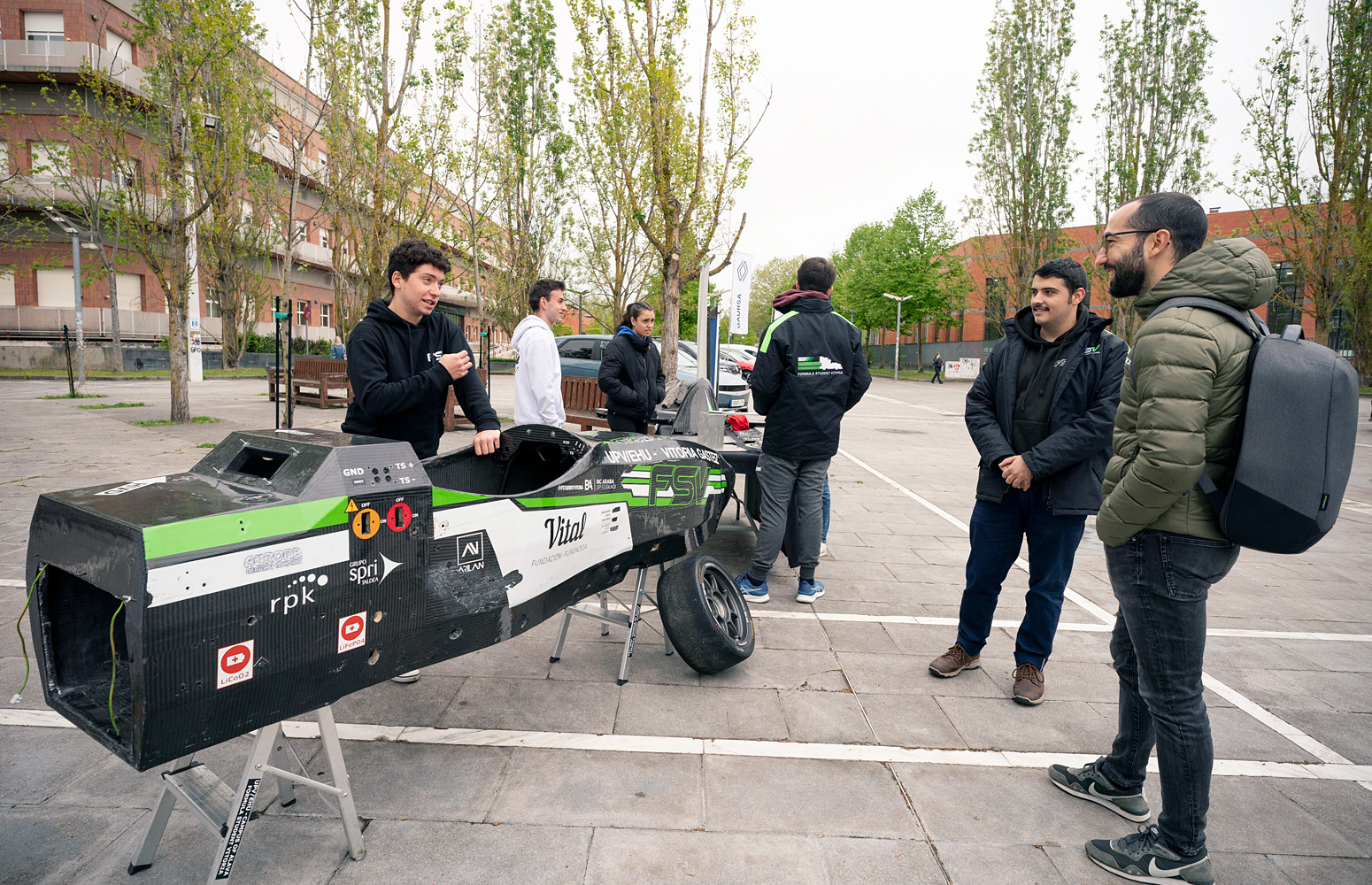Researchers in the UPV/EHU’s Department of Mineralogy and Petrology have conducted an isotopic and elemental analysis of the bones and teeth of humans in four sites dating between the 6th and 11th centuries. The analyses of the human remains at these sites have provided an opportunity to understand certain aspects of the way of life during that period, including the palaeodiet and mobility.
-
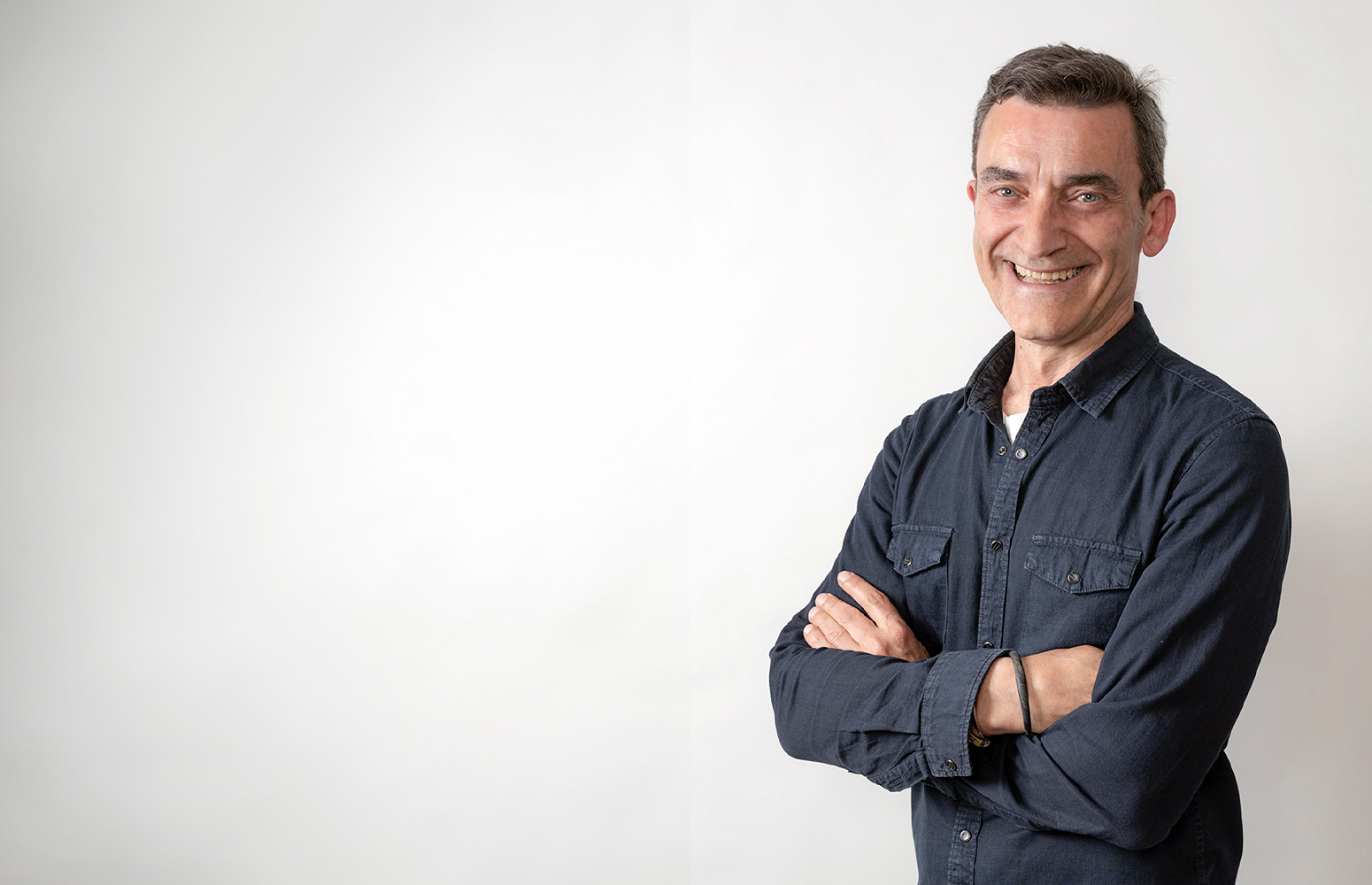
In memoriam: Arturo Muga
-
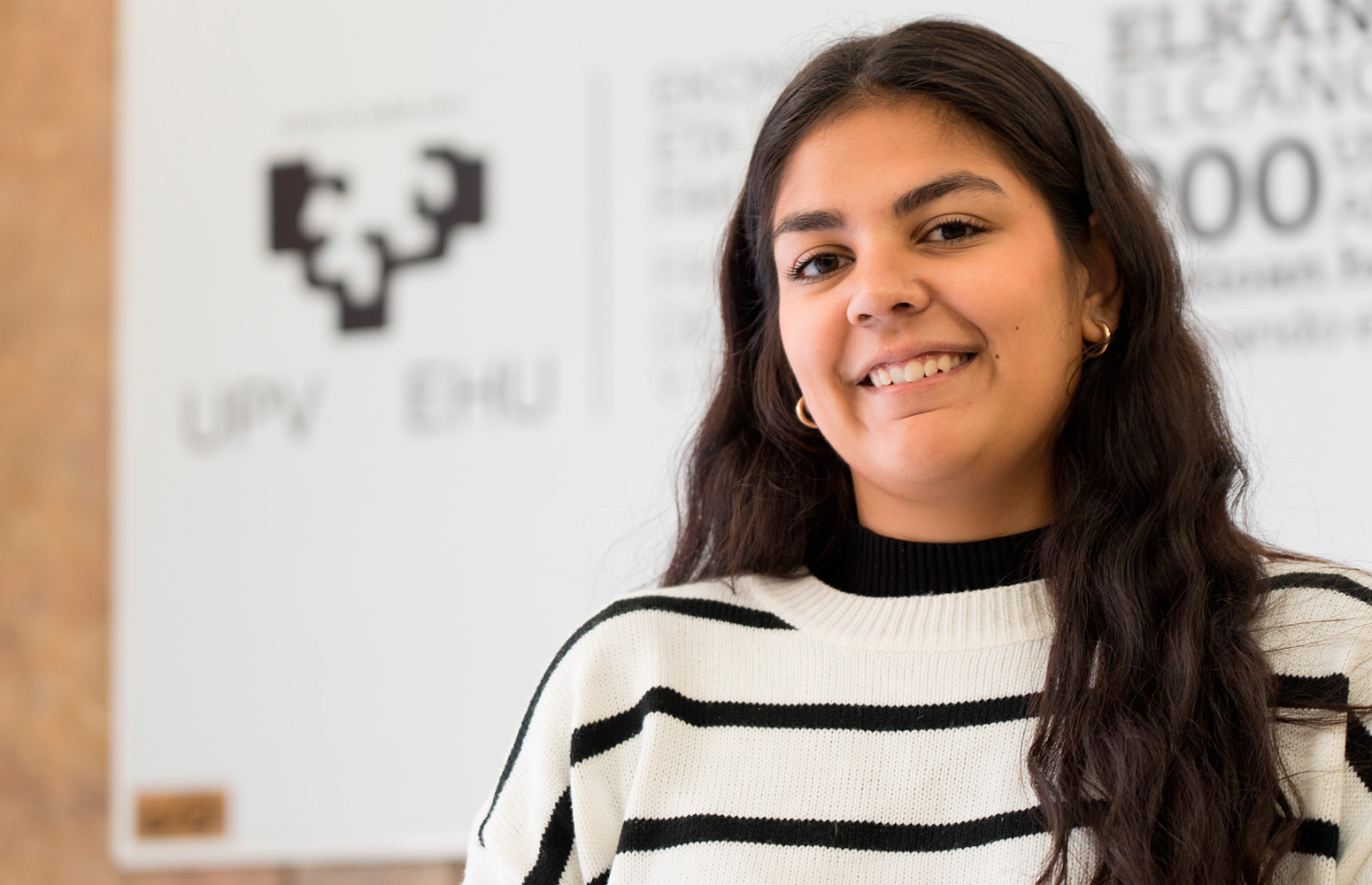
Violeta Pérez Manzano: «Nire ahotsa ijito bakar batengana iristen bada eta horrek inspiratzen badu, helburua bete dut»
-
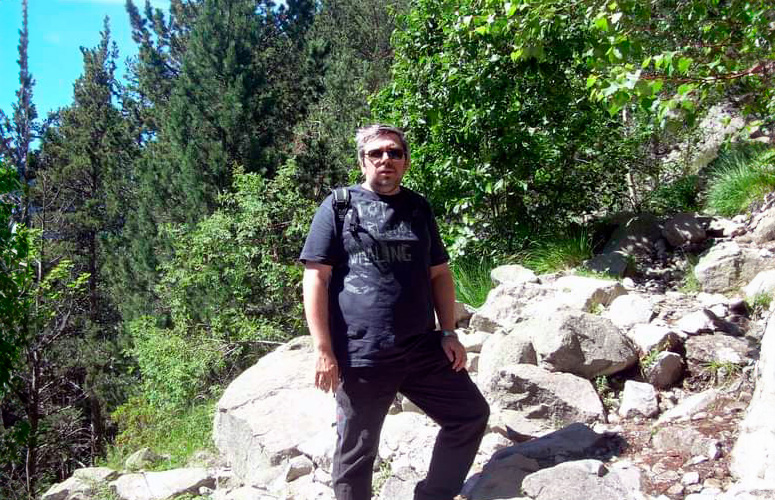
In memoriam: German Gazteluiturri Fernández
-
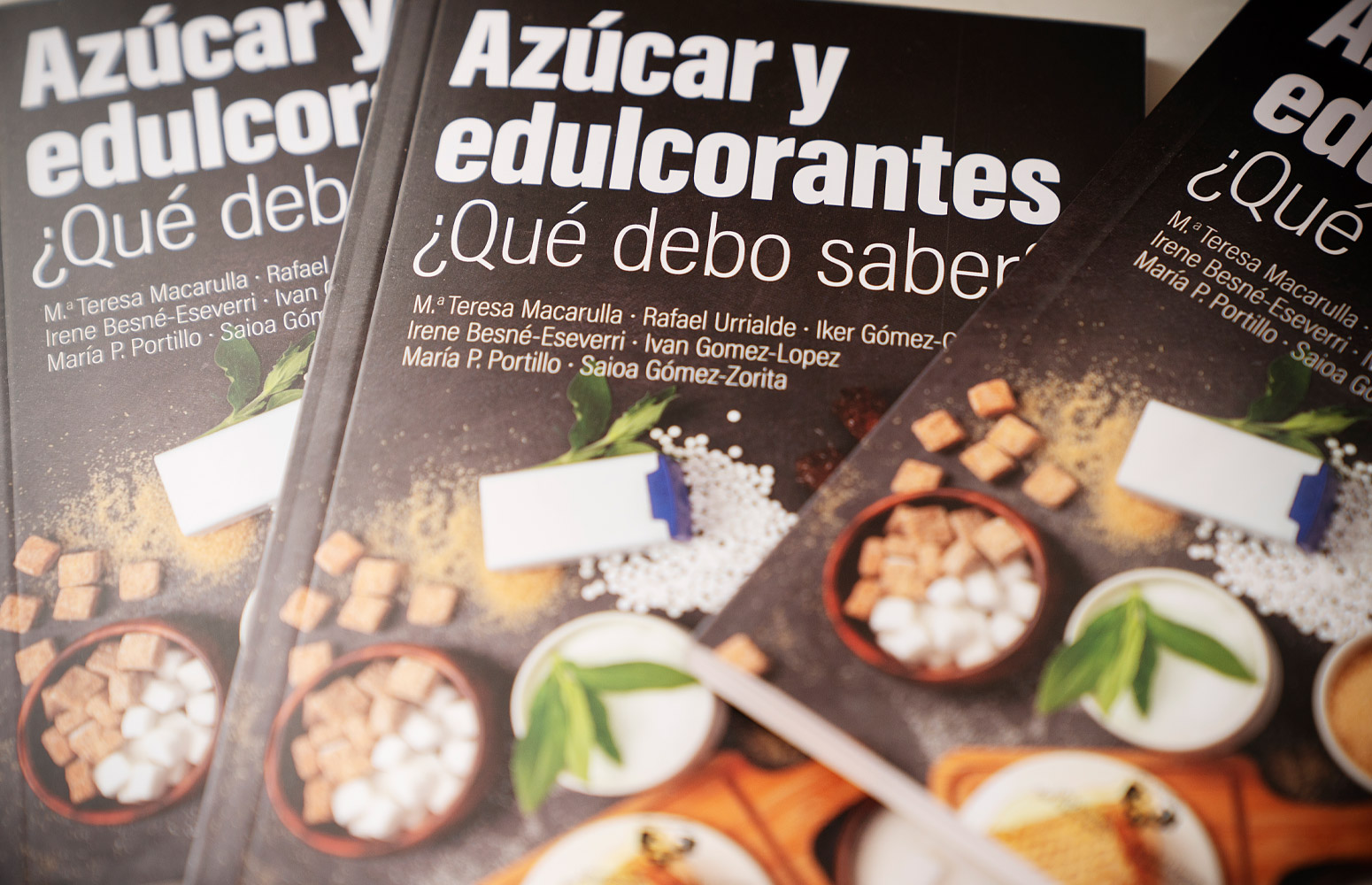
Azukrea eta edulkoratzaileak. Zer jakin behar dut?
-
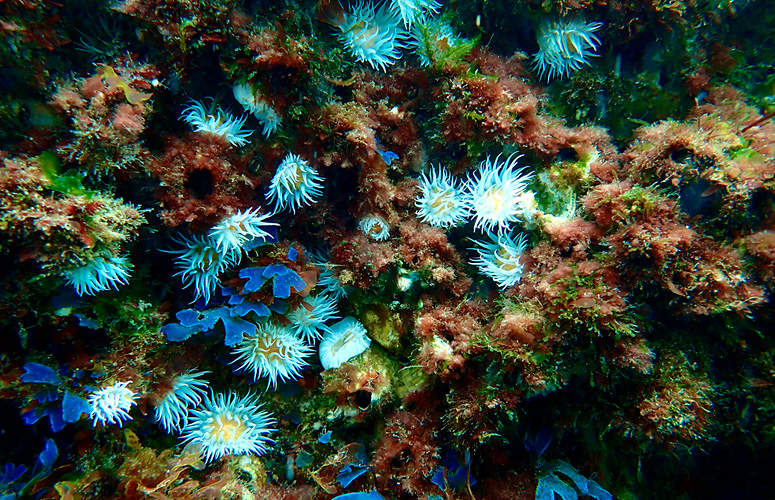
Itsasoaren gainazalaren tenperatura-igoerak aldaketa sakonak eragin ditu makroalgen komunitateetan
We are what we eat and we bear the features of the location in which we eat
A geochemical study into the diet and mobility of Medieval inhabitants in the north of the Iberian Peninsula has been conducted by the UPV/EHU-University of the Basque Country
- Research
First publication date: 07/02/2019
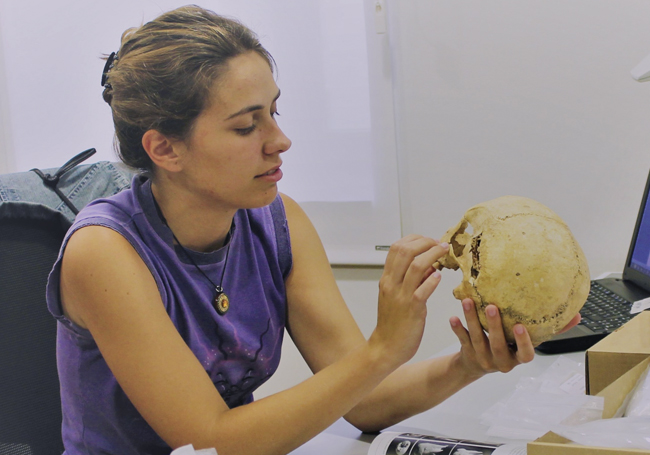
A wealth of information on ancient societies can be obtained from the isotopic and elemental analyses of human bones and teeth found on archaeological sites, and from their subsequent comparison with the analyses of the fauna, vegetation, soil, water and other materials located in the same environment. In fact, the geologist Iranzu Laura Guede, a researcher in the UPV/EHU’s Department of Mineralogy and Petrology, is involved in this together with many archaeologists and institutions, and in collaboration with a multidisciplinary team of professionals (historians, palaeontologists, anthropologists, etc.).
At the end of the day, “we are what we eat. The isotopic composition of the foodstuffs we consume passes to our bones, teeth and tissue, and ends up stored there. At the same time, foodstuffs have the isotopic composition of their surroundings, because the environment, geology and climate, among other things, exert an influence on them,” explained Dr Guede. The isotopes of an element contain the same number of protons but a different number of neutrons in the nucleus, and this causes one of the isotopes of the same element to participate more than the rest in chemical, physical and biological processes.
To study the social dynamics, diet and mobility of these medieval societies, the researcher conducted isotopic and elemental analyses of the carbon, nitrogen, oxygen and strontium in the teeth and bones of various individuals at the sites in San Martin de Dulantzi (Alava-Araba), Las Gobas (Treviño), San Juan de Momoitio (Bizkaia) and Tauste (Zaragoza), the first three sites being Christian and the fourth, Muslim.
Exchanging, contrasting and comparing information
To study the mobility of each individual, isotopic compositions of the enamel and dentine of their teeth and of their bones were compared with the compositions of many materials around the sites. Indeed, “teeth enamel remains sealed the moment it is formed, and that could provide information on where the individual came from. The bone and dentine composition, on the other hand, change throughout life; so the differences caused by changes in diet or place of residence emerge,” explained the geologist. Oxygen and strontium isotopes are used to analyse mobility: “the composition of strontium isotopes reflects the geological area of the place where the individual was born, while oxygen limits the geographical area”.
As regards diet, the isotope ratios vary according to the food the individuals had eaten. For example, “in the case of nitrogen, as the trophic level rises, the nitrogen isotope ratio is enriched: the richer nitrogen isotope ratio means that the individual ate more meat; when the ratios are lower, by contrast, it can be assumed that the individual had a low-protein, more vegetarian diet,” she added. At the same time, the carbon and nitrogen isotopes were also measured in the bones of other types of animals found on the site “to find out the bases of the values of the local diet”.
“We draw conclusions” from the results of the analyses made in the laboratory, “but they are of no significance if they are not related to the data held by archaeologists or anthropologists,” said Guede. Indeed, researchers in other disciplines have a different kind of information according to the traces of food, plants and animals, jewellery and other remains found at the site.
So, as they concluded from this research, “the mobility of medieval inhabitants was restricted, because we have found few foreign individuals. Even though it has been difficult to specify the areas where the foreigners came from, the isotope data suggest that they could not have come from far away,” she pointed out. “In any case, using the data we have available today it is not possible to specify the origin of foreign individuals”. As regards palaeodiet models, “the data show that the rural populations in the Middle Ages consumed similar foodstuffs: cereals, vegetables and pulses, mainly, and small quantities of animal protein. But at the same time it is clear that among the Muslims, they ate different food depending on their age and sex. This would show that the social dynamics of the Christians and Muslims were different,” she said.
Additional information
The core of this research is to be found in the PhD thesis by the geologist Iranzu Laura Guede-Sagastizabal (Elorrio, 1989) and written up in the UPV/EHU’s Department of Mineralogy and Petrology. The thesis is entitled 'Ipar Iberiar Penintsulako Erdi Aroko biztanleriaren paleodieta eta mugikortasunaren ikerketa geokimikoa' (Geochemical studies of paleodiet and mobility of medieval communities of the north Iberian Peninsula) and was supervised by the UPV/EHU lecturers Maria Cruz Zuluaga and Luis Angel Ortega. The research work was done in collaboration with Paola Iacumin, lecturer at the Università degli Studi di Parma (Italy), Iñaki García-Camino of the Archaeological Museum of Bizkaia, and El Patiaz Cultural Association.


